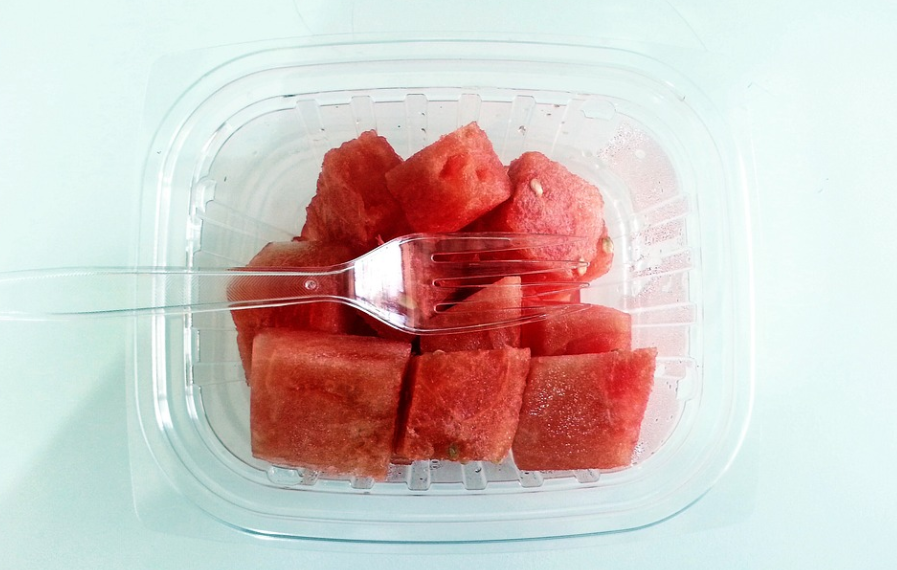In the land Down Under, the importance of food packaging cannot be overstated. It plays a crucial role in protecting, preserving, and promoting food products, while also providing essential information to consumers. However, mistakes in food packaging in Australia can have significant consequences, ranging from wasted resources to damaged reputations. To help you navigate this complex landscape, we’ve compiled a list of eight common mistakes to avoid when producing food packaging in Australia.
Overlooking Regulatory Compliance: Playing by the Rules
One of the most critical aspects of food packaging in Australia is ensuring compliance with relevant regulations. Failure to meet these requirements can result in costly fines, product recalls, or even legal action. To avoid this pitfall, familiarise yourself with the Australian Food Standards Code and other relevant regulations, such as labelling and packaging guidelines.
Inadequate Protection: Safeguarding Your Product
Food packaging is designed to protect its contents from damage, contamination, and spoilage. Neglecting this aspect can lead to reduced shelf life, compromised product quality, and dissatisfied customers. Ensure your packaging is robust enough to withstand handling, transportation, and storage, while also providing a barrier against external factors such as moisture, oxygen, and light.
Confusing or Misleading Labelling: Clarity is Key
Clear and accurate labelling is essential for informing consumers about a product’s ingredients, nutritional content, and potential allergens. Confusing or misleading labels can result in lost sales, as well as potential legal ramifications. To avoid this mistake, ensure your labels are clear, concise, and compliant with Australian labelling regulations.
Over-Engineering: Striking a Balance Between Form and Function
While it’s essential to create visually appealing packaging, over-engineering can lead to increased production costs and environmental impact. Striking a balance between form and function is crucial to ensuring your packaging is both attractive and practical. Consider factors such as material choice, production processes, and design features to create a cost-effective, sustainable, and functional food packaging solution.
Ignoring Sustainability: Embracing Eco-Friendly Practices
Sustainability is becoming increasingly important to Australian consumers. Ignoring this trend can result in negative public perception and reduced sales. To avoid this pitfall, embrace eco-friendly practices in your food packaging production, such as using recyclable or biodegradable materials, reducing packaging weight, and minimising waste.
Neglecting Market Research: Understanding Your Audience
Market research is vital in creating food packaging that resonates with your target audience. Failing to conduct thorough research can result in packaging that fails to appeal to consumers or differentiate your product from competitors. To avoid this mistake, invest time and resources into understanding your target market, their preferences, and the most effective ways to communicate your brand message.
Inconsistent Branding: Maintaining a Cohesive Identity
Consistent branding is essential for building brand recognition and fostering customer loyalty. Inconsistent branding across your food packaging can lead to confusion and weaken your brand identity. Ensure your packaging design aligns with your brand’s values, messaging, and visual identity to create a cohesive and memorable impression.
Disregarding Accessibility: Catering to Diverse Consumer Needs
Accessibility is an often-overlooked aspect of food packaging design. However, it’s essential to consider the diverse needs of consumers, including those with disabilities or limited dexterity. Inaccessible packaging can result in frustration, wasted product, and lost sales. To avoid this mistake, design your packaging with ease of use in mind, considering factors such as opening mechanisms, grip, and readability.
Mastering Food Packaging: Sidestepping Common Mistakes for Success
By being aware of these eight common mistakes in food packaging production, you can sidestep potential pitfalls and create packaging that is compliant, effective, and appealing to Australian consumers. In summary, focus on regulatory compliance, adequate protection, clear labelling, balanced design, sustainability, market research, consistent branding, and accessibility. By addressing these critical aspects, you’ll be well on your way to mastering food packaging in Australia, ensuring your products stand out on the shelves and resonate with your target audience.
You may also like
-
The Revolution in Hair Care: Exploring Advanced Shiseido Straightening Techniques
-
Exploring the Technological Leap in Secure Printing with the Sigma DS2
-
Unwrapping the Tale: Bongs and Their History Throughout Time
-
Navigating the Threads of Sustainability: A Closer Look at Nightwear Choices
-
Capture the Moment: Photography Tips with Whale Spotting Adventures in Bremer Bay

